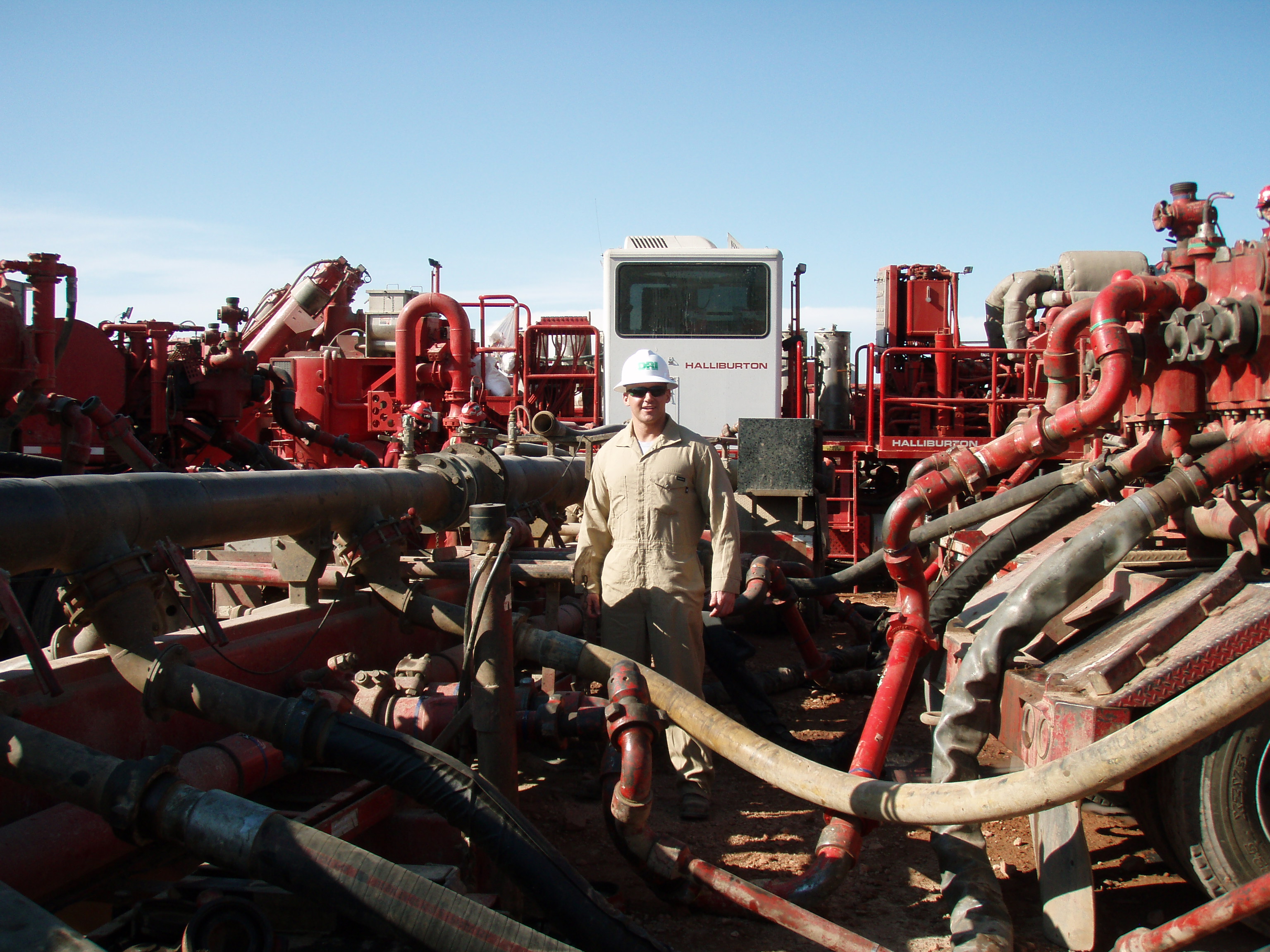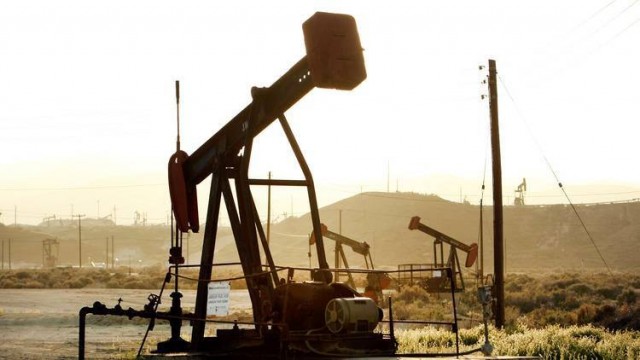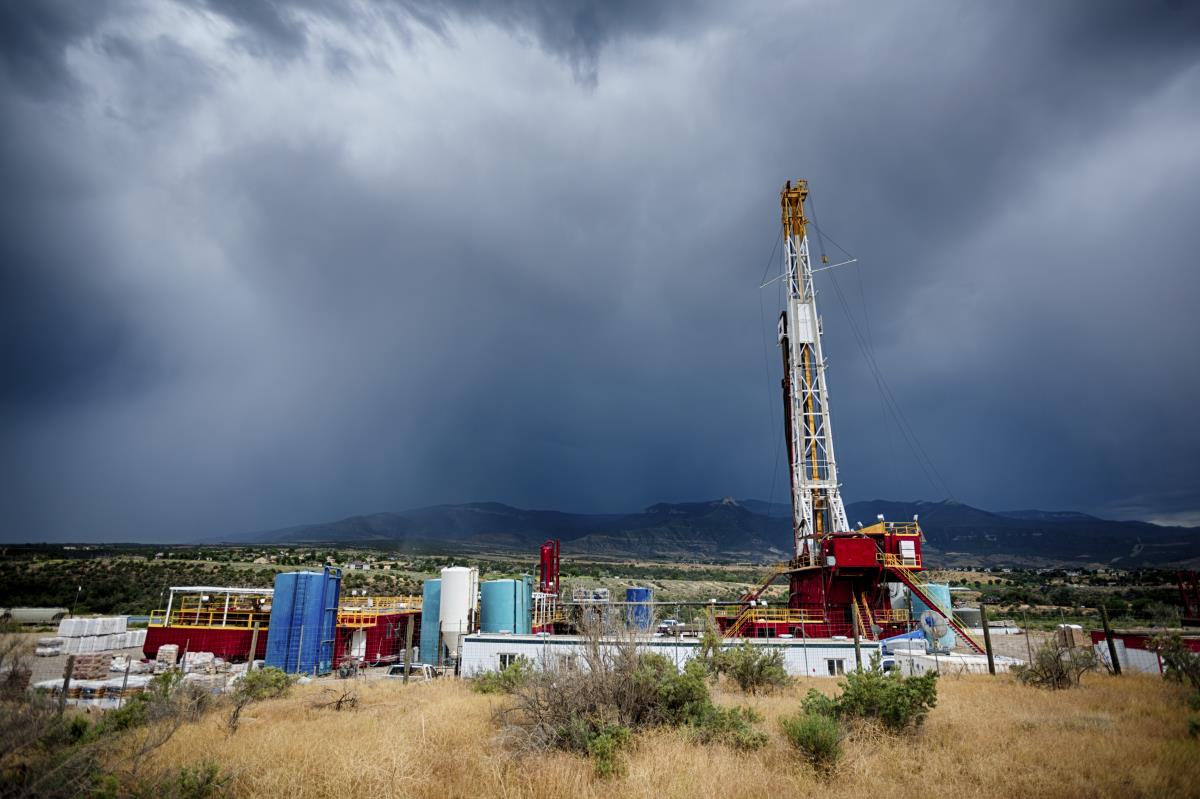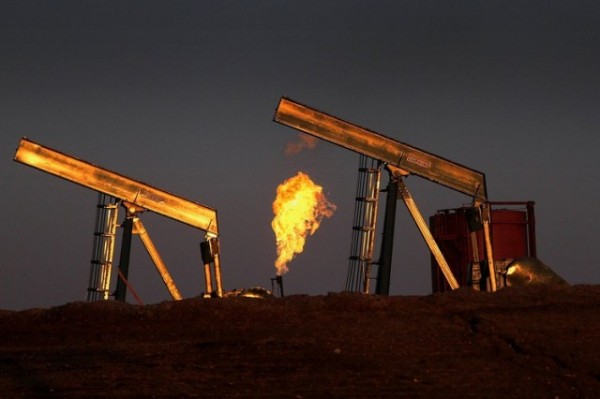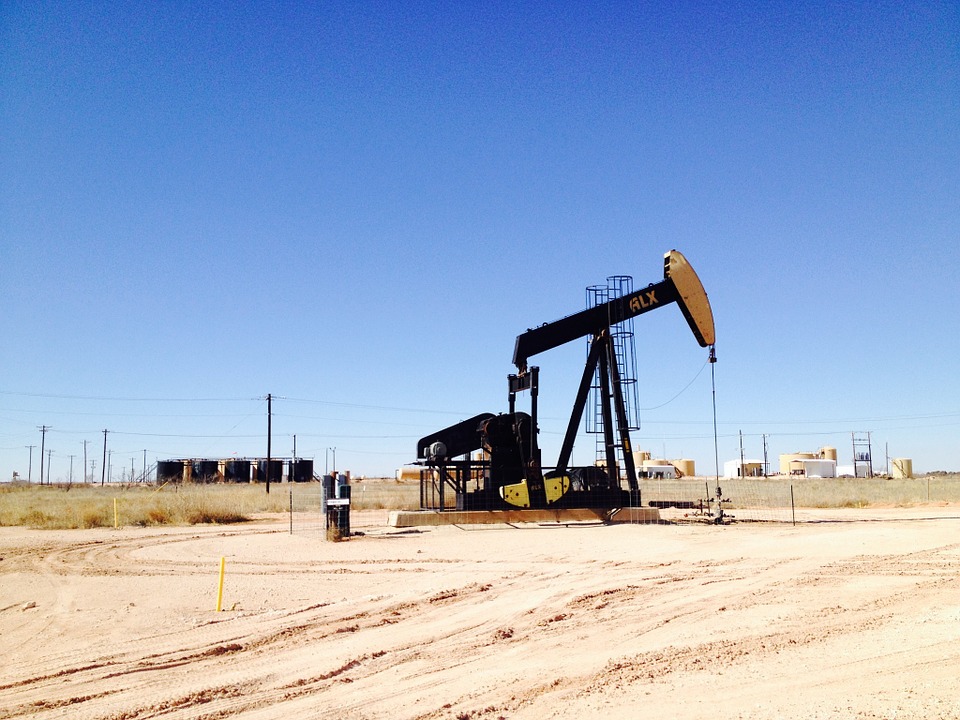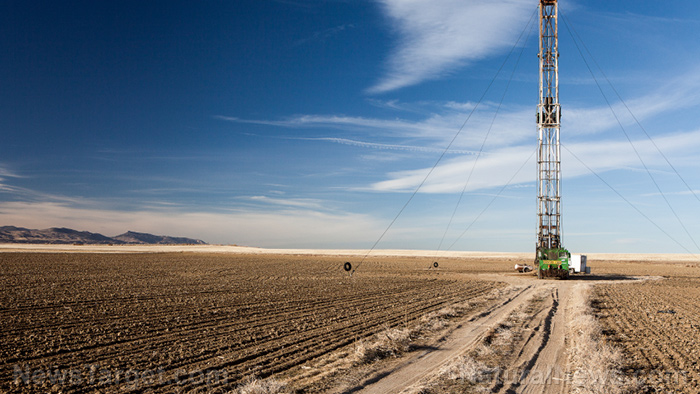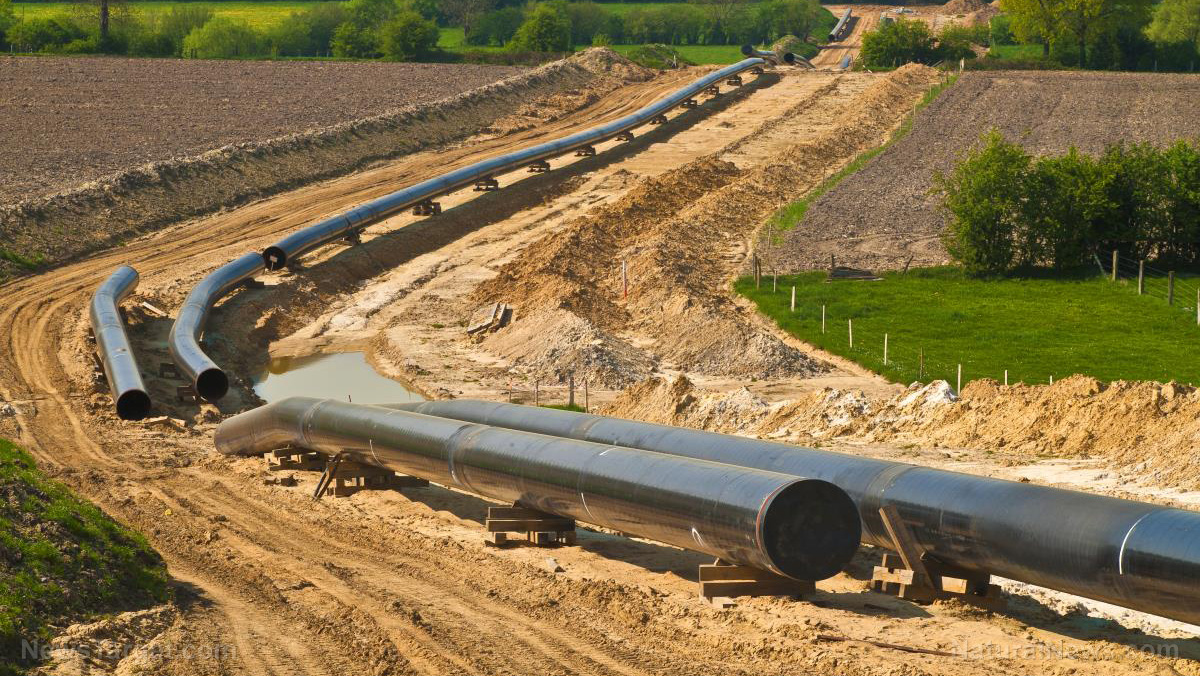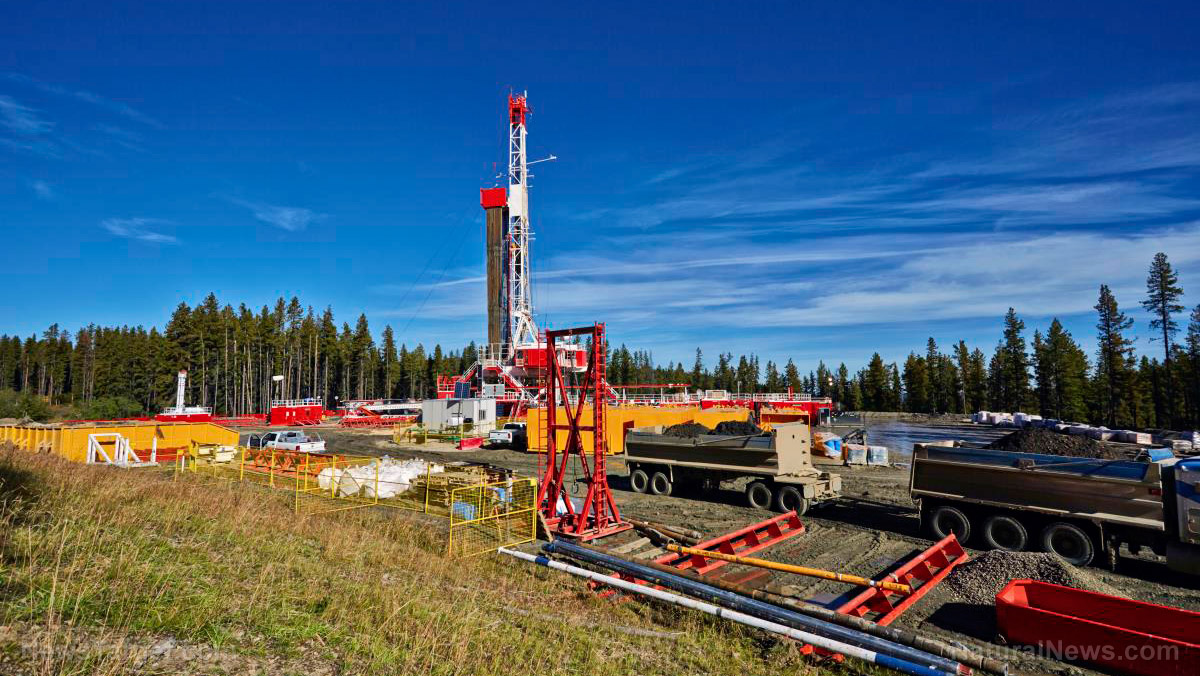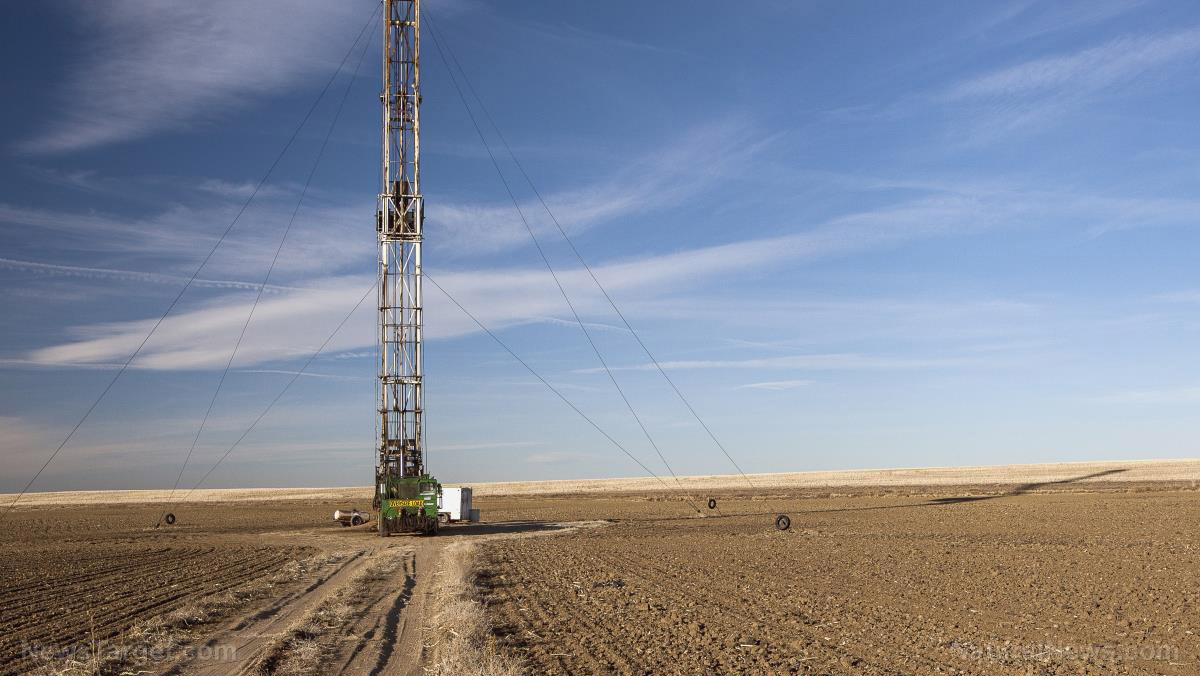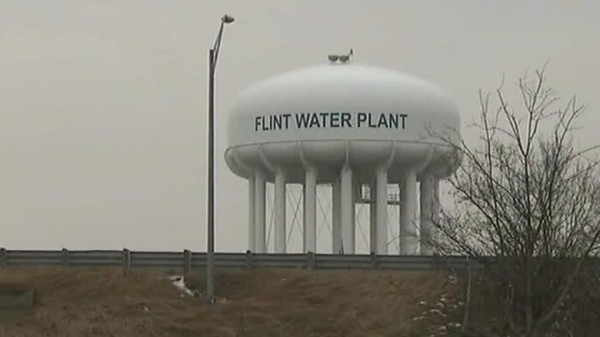With about 42,000 active wells, Kern County, California is home to three-quarters of California’s oil drilling and 95 percent of the state’s hydraulic fracturing (fracking) activity.
(Article by Larry Buhl)
This mainly rural region is the largest oil-producing county in the U.S.
The influence of oil and gas is so great here that in late 2015 the county board of supervisors approved a new ordinance to allow drilling permits for tens of thousands of new wells to be fast tracked.
Time span for the new ordinance? Two decades. Ongoing environmental review? None. Public participation? Not allowed.
In response, the environmental legal organization Earthjustice filed suit against the county on behalf of the Sierra Club and the Natural Resources Defense Council (NRDC).
The lawsuit, in coordination with the Center on Race, Poverty & the Environment and the Center for Biological Diversity, challenges the county’s claim that a single environmental review would be sufficient to authorize up to 72,000 new wells over twenty years.
Stacey Geis, managing attorney for Earthjustice’s California regional office, tells DeSmog the Kern County ordinance is a “rubber stamp” that would have a disproportionate impact on Kern’s most vulnerable communities – people of color.
“In Kern County and throughout the state the vast amount of oil is drilled in communities of color. In Los Angeles, there are drill sites literally a stone’s throw away from children’s swing sets.”
Geis cited a 2014 study conducted by the NRDC, which found that of the 5.4 million Californians living within one mile of an oil or gas well, 69 percent are people of color, usually Hispanic. She says drilling sites being permitted in low income areas and communities of color is not unique to California. “It happens wherever people are disenfranchised.”
The way that a person’s race – and to a lesser extent, wealth – determines who gets the benefits or the downsides of drilling and other industrial activity has a term. Depending on who you ask, it’s environmental justice or the more controversial term environmental racism.
Neither term is new, but with national attention on the drinking water crisis in the largely African-American city of Flint, Michigan, plus a growing body of research into which communities bear the burden of fracking waste and other contaminants, the concept of environmental justice (or racism) is finally expanding beyond environmental lawyers, advocates and front line activists.
Who Gets Eagle Ford Shale Fracking Waste?
A study published earlier this year in the American Journal of Public Health found that fracking wastewater disposal wells in southern Texas are disproportionately permitted in areas near communities of color and people living in poverty.
The research focused on the Eagle Ford Shale area of south Texas, where more than 1,000 new disposal wells have been permitted since 2007. The study found that fracking disposal wells were twice as common in areas mostly populated by people of color, compared to mostly white areas.
The results of the study, led by community health researcher Jill Johnston, were published last November in the American Journal of Public Health.
The study also found that 16 percent of the area’s domestic water wells were within five kilometers of a disposal well.
Johnston, along with fellow study authors Emily Werder and Daniel Sebastian, cite the Energy Policy Act of 2005 for allowing fracking companies to avoid U.S. Environmental Protection Agency (EPA) oversight:
Permitted disposal wells can be actively used for decades, receiving millions of gallons of toxic wastes, whereas the active life of an extraction well is typically a few years. The Energy Policy Act of 2005 specifically excludes the underground injection of oil and gas fluids from the Safe Water Drinking Act, which authorizes the Environmental Protection Agency to regulate chemicals in drinking water to protect public health. Current regulations allow the oil and gas industry to inject and indefinitely store hazardous materials underground and near drinking water supplies.
Fracking waste can seep into drinking water supplies — a big problem in the Eagle Ford Shale region where most people use private drinking wells not covered by EPA standards.
Johnston, now an assistant professor of preventive medicine at the Keck School of Medicine at the University of Southern California, tells DeSmog : “What we found is part of a national trend where the communities who benefit from (natural gas) extraction are very different from the ones who are getting its waste.”
Johnston points out two other problems facing residents of the region. They have fewer resources if they have health problems from contamination, and less access to information about where disposal wells are being located.
The Texas Railroad Commission, which regulates oil and natural gas production in the state, requires disposal well operators to notify only property owners adjacent to the wells.
Johnston’s study isn’t the only one looking at the Eagle Ford Shale region of southern Texas. A recent investigative seriesfrom the Center for Public Integrity found that of the nearly quarter-million minorities living less than three miles from a disposal well in the region, 83 percent were Hispanic. The area is only 50 percent Hispanic.
Research into fracking waste disposal in the Eagle Ford Shale has implications beyond south Texas.
People living near fracking zones in North Dakota, Oklahoma, and Pennsylvania often learn after the fact that waste is being pumped into the ground near their communities. Who decides to issue permits for any oil and gas extraction depends on the state and the region.
Generally state and local agencies are responsible for siting and permitting with the U.S. EPA maintaining oversight authority. But the EPA’s enforcement mechanisms, say environmental lawyers and activists, are often lax.
Pollution’s Disproportionate Effect
Recent research on southern Texas’ fracking sites adds to a growing body of research showing that race is more important than income when determining a person’s risk from air, water, and ground pollution in the U.S.
A University of Minnesota study from 2014 that looked at outdoor nitrogen dioxide levels found people of color in the U.S.are exposed to nearly 40 percent more of this deadly chemical than their white counterparts.
A 2014 analysis by NRDC found the majority of people living near oil and gas development in California are people of color.
A 2015 study showed that poor Latino and Latino immigrant communities are very likely to be living near “toxic hot spots” of cancer-causing air pollution.
In April, the Pittsburgh Post-Gazette reported a rather candid public quip by Terry Bossert, vice president for legislative and regulatory affairs at Range Resources, a natural gas exploration and production company.
Bossert said, essentially, that you can’t frack the wealthy because they have the money to fight back.
The U.S. EPA acknowledges the problem and defines environmental justice as the “fair treatment and meaningful involvement of all people regardless of race, color, national origin, or income with respect to the development, implementation, and enforcement of environmental laws, regulations, and policies.”
But acknowledging the problem doesn’t mean the agency has been effective in combatting it.
The EPA’s Office of Civil Rights handles complaints of discriminatory pollution, but there has been little in the way of action taken by that office, according to investigations by the Center for Public Integrity.
Last year Earthjustice, on behalf of a group of environmental and social justice plaintiffs, filed a civil rights complaint against the U.S. EPA for not ensuring compliance with Title VI of the Civil Rights Act in siting decisions throughout the U.S.

With about 42,000 active wells, Kern County, California is home to three-quarters of California’s oil drilling and 95 percent of the state’s hydraulic fracturing (fracking) activity.
This mainly rural region is the largest oil-producing county in the U.S.
The influence of oil and gas is so great here that in late 2015 the county board of supervisors approved a new ordinance to allow drilling permits for tens of thousands of new wells to be fast tracked.
Time span for the new ordinance? Two decades. Ongoing environmental review? None. Public participation? Not allowed.
In response, the environmental legal organization Earthjustice filed suit against the county on behalf of the Sierra Club and the Natural Resources Defense Council (NRDC).
The lawsuit, in coordination with the Center on Race, Poverty & the Environment and the Center for Biological Diversity, challenges the county’s claim that a single environmental review would be sufficient to authorize up to 72,000 new wells over twenty years.
Stacey Geis, managing attorney for Earthjustice’s California regional office, tells DeSmog the Kern County ordinance is a “rubber stamp” that would have a disproportionate impact on Kern’s most vulnerable communities – people of color.
“In Kern County and throughout the state the vast amount of oil is drilled in communities of color. In Los Angeles, there are drill sites literally a stone’s throw away from children’s swing sets.”
Geis cited a 2014 study conducted by the NRDC, which found that of the 5.4 million Californians living within one mile of an oil or gas well, 69 percent are people of color, usually Hispanic. She says drilling sites being permitted in low income areas and communities of color is not unique to California. “It happens wherever people are disenfranchised.”
The way that a person’s race – and to a lesser extent, wealth – determines who gets the benefits or the downsides of drilling and other industrial activity has a term. Depending on who you ask, it’s environmental justice or the more controversial term environmental racism.
Neither term is new, but with national attention on the drinking water crisis in the largely African-American city of Flint, Michigan, plus a growing body of research into which communities bear the burden of fracking waste and other contaminants, the concept of environmental justice (or racism) is finally expanding beyond environmental lawyers, advocates and front line activists.
Who Gets Eagle Ford Shale Fracking Waste?
A study published earlier this year in the American Journal of Public Health found that fracking wastewater disposal wells in southern Texas are disproportionately permitted in areas near communities of color and people living in poverty.
The research focused on the Eagle Ford Shale area of south Texas, where more than 1,000 new disposal wells have been permitted since 2007. The study found that fracking disposal wells were twice as common in areas mostly populated by people of color, compared to mostly white areas.
The results of the study, led by community health researcher Jill Johnston, were published last November in the American Journal of Public Health.
The study also found that 16 percent of the area’s domestic water wells were within five kilometers of a disposal well.
Johnston, along with fellow study authors Emily Werder and Daniel Sebastian, cite the Energy Policy Act of 2005 for allowing fracking companies to avoid U.S. Environmental Protection Agency (EPA) oversight:
Permitted disposal wells can be actively used for decades, receiving millions of gallons of toxic wastes, whereas the active life of an extraction well is typically a few years. The Energy Policy Act of 2005 specifically excludes the underground injection of oil and gas fluids from the Safe Water Drinking Act, which authorizes the Environmental Protection Agency to regulate chemicals in drinking water to protect public health. Current regulations allow the oil and gas industry to inject and indefinitely store hazardous materials underground and near drinking water supplies.
Fracking waste can seep into drinking water supplies — a big problem in the Eagle Ford Shale region where most people use private drinking wells not covered by EPA standards.
Johnston, now an assistant professor of preventive medicine at the Keck School of Medicine at the University of Southern California, tells DeSmog : “What we found is part of a national trend where the communities who benefit from (natural gas) extraction are very different from the ones who are getting its waste.”
Johnston points out two other problems facing residents of the region. They have fewer resources if they have health problems from contamination, and less access to information about where disposal wells are being located.
The Texas Railroad Commission, which regulates oil and natural gas production in the state, requires disposal well operators to notify only property owners adjacent to the wells.
Johnston’s study isn’t the only one looking at the Eagle Ford Shale region of southern Texas. A recent investigative seriesfrom the Center for Public Integrity found that of the nearly quarter-million minorities living less than three miles from a disposal well in the region, 83 percent were Hispanic. The area is only 50 percent Hispanic.
Research into fracking waste disposal in the Eagle Ford Shale has implications beyond south Texas.
People living near fracking zones in North Dakota, Oklahoma, and Pennsylvania often learn after the fact that waste is being pumped into the ground near their communities. Who decides to issue permits for any oil and gas extraction depends on the state and the region.
Generally state and local agencies are responsible for siting and permitting with the U.S. EPA maintaining oversight authority. But the EPA’s enforcement mechanisms, say environmental lawyers and activists, are often lax.
Pollution’s Disproportionate Effect
Recent research on southern Texas’ fracking sites adds to a growing body of research showing that race is more important than income when determining a person’s risk from air, water, and ground pollution in the U.S.
A University of Minnesota study from 2014 that looked at outdoor nitrogen dioxide levels found people of color in the U.S.are exposed to nearly 40 percent more of this deadly chemical than their white counterparts.
A 2014 analysis by NRDC found the majority of people living near oil and gas development in California are people of color.
A 2015 study showed that poor Latino and Latino immigrant communities are very likely to be living near “toxic hot spots” of cancer-causing air pollution.
In April, the Pittsburgh Post-Gazette reported a rather candid public quip by Terry Bossert, vice president for legislative and regulatory affairs at Range Resources, a natural gas exploration and production company.
Bossert said, essentially, that you can’t frack the wealthy because they have the money to fight back.
The U.S. EPA acknowledges the problem and defines environmental justice as the “fair treatment and meaningful involvement of all people regardless of race, color, national origin, or income with respect to the development, implementation, and enforcement of environmental laws, regulations, and policies.”
But acknowledging the problem doesn’t mean the agency has been effective in combatting it.
The EPA’s Office of Civil Rights handles complaints of discriminatory pollution, but there has been little in the way of action taken by that office, according to investigations by the Center for Public Integrity.
Last year Earthjustice, on behalf of a group of environmental and social justice plaintiffs, filed a civil rights complaint against the U.S. EPA for not ensuring compliance with Title VI of the Civil Rights Act in siting decisions throughout the U.S.
Read more at: desmogblog.com



